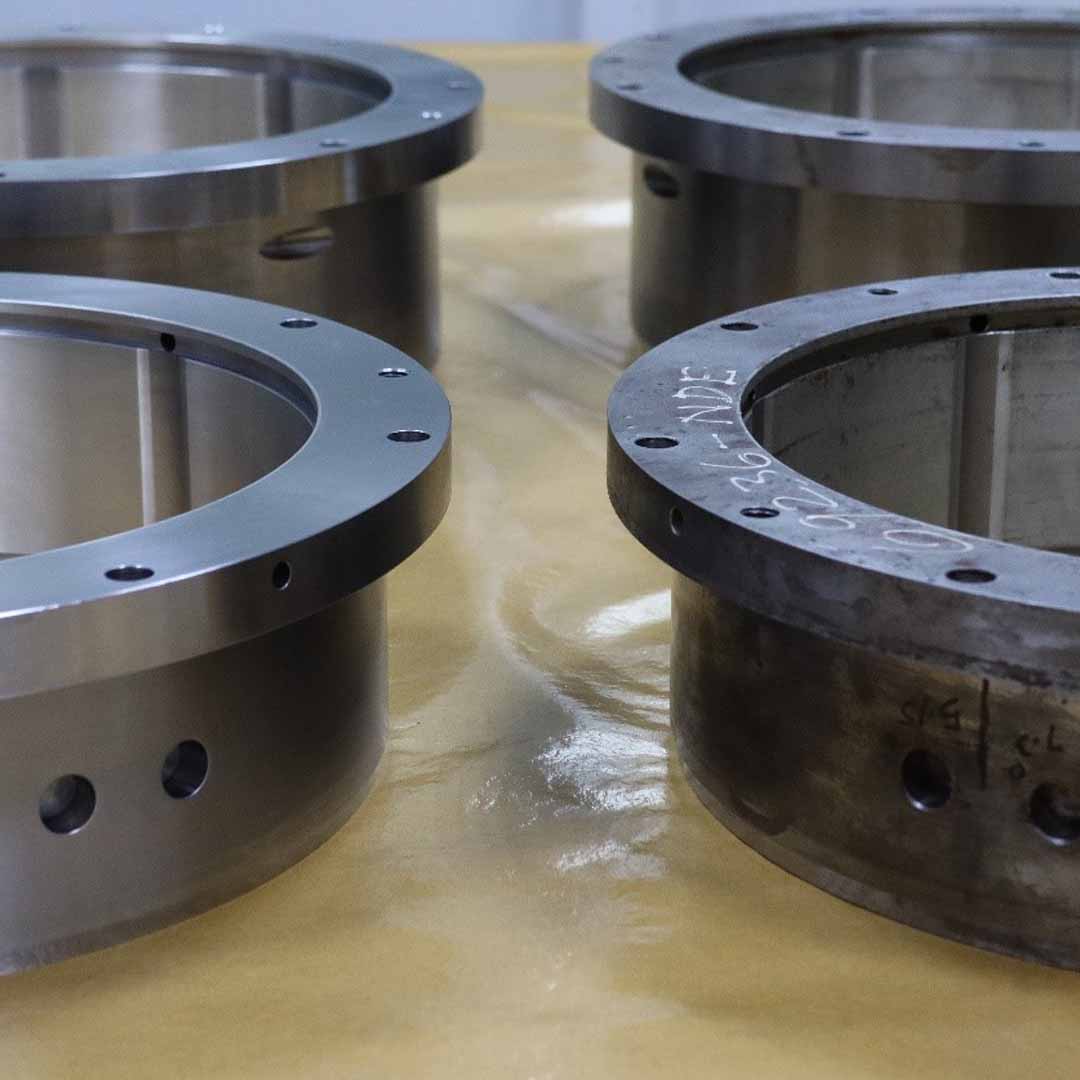Air seal, oil seal, and hydrogen seal are different types of seals that are used in pumps, turbines, generators, and other types of machinery and equipment to prevent the leakage of fluids or gases.
Air seal: is a type of seal that is used to prevent the leakage of air or other gases from the inside of a pump, turbine, generator, or other piece of equipment and are designed to create a tight seal against the shaft or other moving parts.
Oil seal: is a type of seal that is used to prevent the leakage of oil or other liquids from the inside of a pump, turbine, generator, or other piece of equipment.
Hydrogen seal: is a type of seal that is used to prevent the leakage of hydrogen gas from the inside of a hydrogen turbine or other hydrogen-related equipment. Hydrogen seals are typically made of materials that are resistant to hydrogen permeation and have low outgassing properties. They are designed to create a tight seal against the shaft or other moving parts.
These types of seals are used to prevent the leakage of fluids and gases and to protect the equipment from damage. They are critical components in pumps, turbines, generators and other types of machinery, and must be replaced if they show signs of wear or damage.

They are mechanical devices that are used to distribute lubricating oil within a generator. They are typically located near the rotor shaft and consist of a ring with small holes that allow oil to splash out and lubricate the bearings and other internal components of the generator. The oil is usually stored in a reservoir within the generator and is forced out by centrifugal force as the rotor spins. Oil splash rings help to ensure that the generator is properly lubricated and that the internal components are protected from wear and tear. They also help to keep the temperature of the generator under control by dissipating heat through the oil.